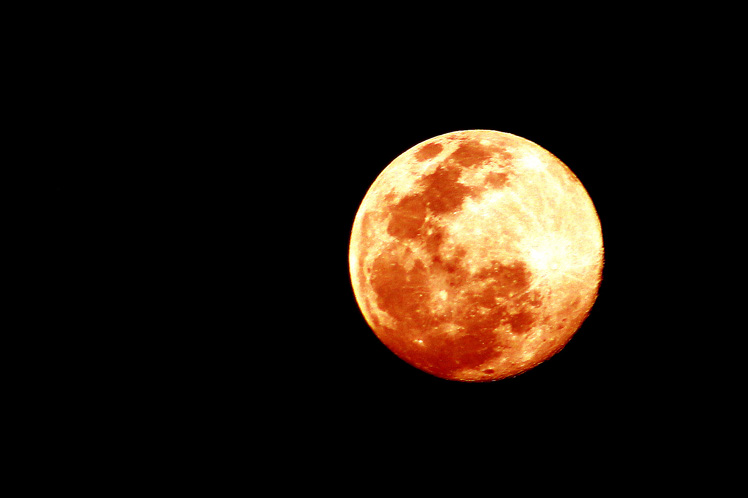On a cool, starry night, our companion satellite looked bigger than usual. It takes the aforementioned name, when it coincides with the thaw season, when worms leave the earth.
This astronomical phenomenon occurs on the night of March 28, a date of great significance for different cultures in the world, coinciding for Christians with Palm Sunday, the beginning of Holy Week, commemoration of the passion, death and resurrection of Christ.
It also marks the arrival of spring, the rainy period, the moment in which humanity receives the greatest benefits from the earth, it translates into intense work to achieve the best harvests.
According to scientists, the spring equinox is the period of the year in which the length of day and night are equal as a consequence of the position of the Earth’s axis with respect to the Sun, allowing the sun’s rays to strike in the same way over both hemispheres.
It is the point where the Sun in its apparent annual movement through the ecliptic passes from south to north of the celestial equator, and its declination changes from negative to positive. This point is also often called spring equinox node.
ef/agp/rga









